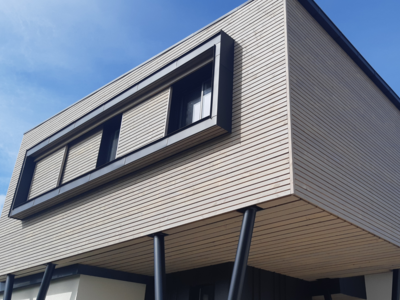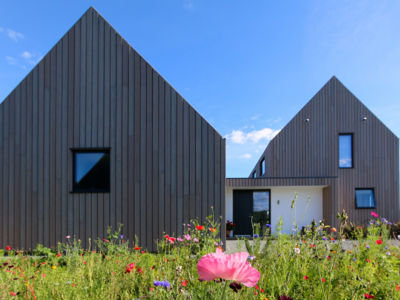Unique characteristics of wood linked to its genetic code
Each species of wood has a unique genetic code that determines its physical and mechanical characteristics. These genetic variations can influence the colour, grain, density and other properties of the wood.
Unique features of wood linked to its composition
Wood is made up of several substances such as cellulose, hemicellulose and lignin, as well as various natural extracts such as tannins, resins and oils. The proportion and distribution of these components can vary depending on the species of wood and its growing conditions (see below), thus influencing the mechanical and aesthetic properties of the wood.
Unique characteristics of wood linked to its growth conditions
The environmental conditions in which a tree grows play a crucial role in shaping its characteristics. For example, trees growing in colder climates tend to have narrower growth rings, which can make the wood denser and more resistant.
Singularities in wood influenced by living organisms
Interactions with living organisms, such as insects, fungi and bacteria, can create singularities in wood. For example, insect attack or fungal infection can lead to areas of discolouration, adding character and distinction to the wood.
Distinctive features of the wood linked to the drying and treatment process
After harvesting, the wood undergoes drying and treatment processes that can also affect its properties. Air or kiln drying can cause variations in the texture and colour of the wood.
Reactions to Environmental Conditions
Wood continues to react to its environment even after it has been cut and processed. It can absorb or lose moisture depending on ambient conditions, resulting in dimensional variations and changes in its mechanical properties. This reactivity adds a dynamic, living dimension to wood, distinguishing it from inert materials.













